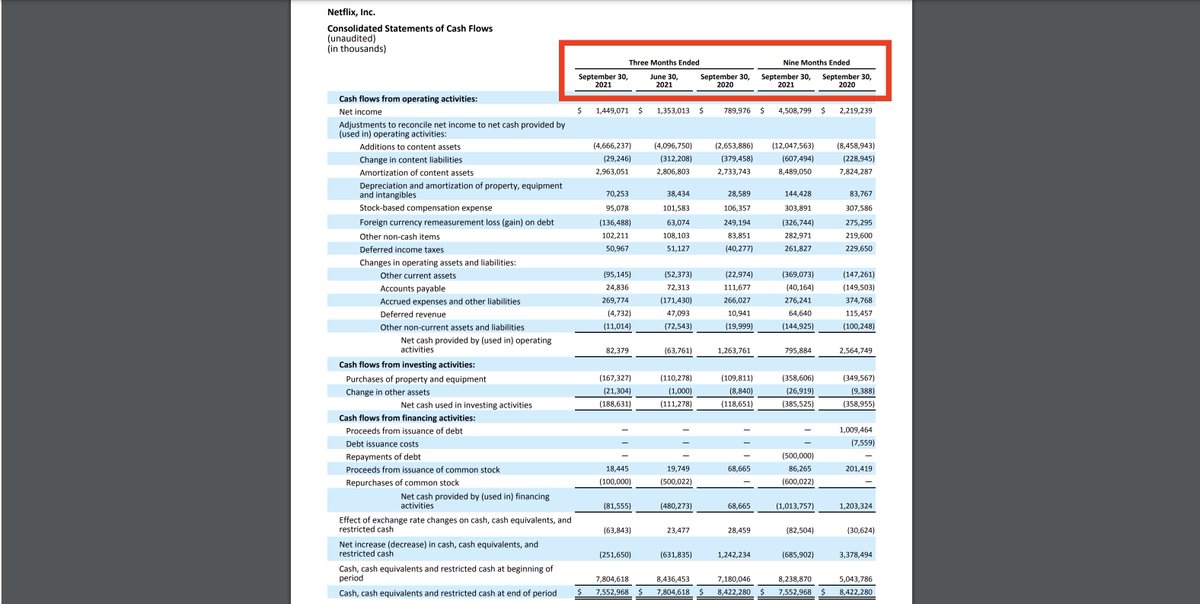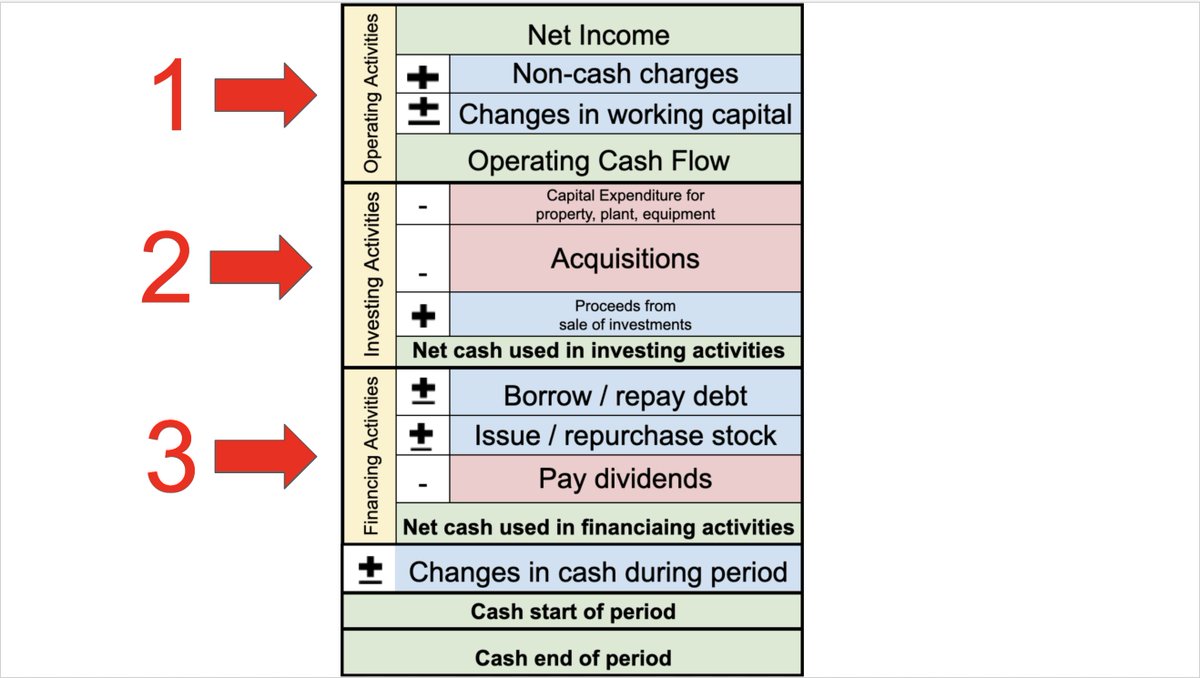What caused all the supply chain bottlenecks? Modern finance with its obsession with "Return on Equity."
More from Accounting
https://t.co/KQkupOeFzp financial statements and results on quarterly basis to evaluate whether your thesis on company is still intact through growth in revenue, profits and cash. You cannot rely only on whats app forwards or brokerage updates.
2.Quarterly Con-Calls post result covering enviornment of the sector in which company operates, future expansion plans, & companies confidence in responding to fund managers. (For eg, in my evening walks, i listen to con-calls on You tube rather than music to utilize the time.)
3. High conviction is build when you compare py qtr or py year con call scripts and see whether company giving forward statements were met in subsequent quarters or not. For eg company said they will be doing CAPEX for 100 crores in FY 2020 and then we can see current state.
4. Profits not growing qtr or qt or yr on yr is not the sign for low conviction. You need to screen the balance sheet to see if the company has taken huge R&D expenditure which they believe is right for company as they build new products for future years, then that make sense
You May Also Like
Curated the best tweets from the best traders who are exceptional at managing strangles.
• Positional Strangles
• Intraday Strangles
• Position Sizing
• How to do Adjustments
• Plenty of Examples
• When to avoid
• Exit Criteria
How to sell Strangles in weekly expiry as explained by boss himself. @Mitesh_Engr
• When to sell
• How to do Adjustments
• Exit
1. Let's start option selling learning.
— Mitesh Patel (@Mitesh_Engr) February 10, 2019
Strangle selling. ( I am doing mostly in weekly Bank Nifty)
When to sell? When VIX is below 15
Assume spot is at 27500
Sell 27100 PE & 27900 CE
say premium for both 50-50
If bank nifty will move in narrow range u will get profit from both.
Beautiful explanation on positional option selling by @Mitesh_Engr
Sir on how to sell low premium strangles yourself without paying anyone. This is a free mini course in
Few are selling 20-25 Rs positional option selling course.
— Mitesh Patel (@Mitesh_Engr) November 3, 2019
Nothing big deal in that.
For selling weekly option just identify last week low and high.
Now from that low and high keep 1-1.5% distance from strike.
And sell option on both side.
1/n
1st Live example of managing a strangle by Mitesh Sir. @Mitesh_Engr
• Sold Strangles 20% cap used
• Added 20% cap more when in profit
• Booked profitable leg and rolled up
• Kept rolling up profitable leg
• Booked loss in calls
• Sold only
Sold 29200 put and 30500 call
— Mitesh Patel (@Mitesh_Engr) April 12, 2019
Used 20% capital@44 each
2nd example by @Mitesh_Engr Sir on converting a directional trade into strangles. Option Sellers can use this for consistent profit.
• Identified a reversal and sold puts
• Puts decayed a lot
• When achieved 2% profit through puts then sold
Already giving more than 2% return in a week. Now I will prefer to sell 32500 call at 74 to make it strangle in equal ratio.
— Mitesh Patel (@Mitesh_Engr) February 7, 2020
To all. This is free learning for you. How to play option to make consistent return.
Stay tuned and learn it here free of cost. https://t.co/7J7LC86oW0
















